Bài viết của nhà báo Khanh Pham và bản dịch Tiếng Anh bên dưới :
Trong 600 hecta ấy có hai di tích rất quan trọng của cộng đồng người Chăm phía Nam Bình Thuận; khu lăng mộ của Pô Cei Khar Mâh Bingu và Pô Haniim Per, gắn với truyền thống hành hương 7 năm một lần của cộng đồng người Chăm vùng Pajai.
Trải qua gần 300 năm đây là cánh rừng thiêng được cộng đồng người Chăm và Raglai bảo vệ một cách tuyệt đối và miên mật bất khả xâm phạm. Nhờ vào chất thiêng ấy trải qua bao biến thiên lịch sử khu rừng này vẫn được giữ lại yếu tố nguyên sinh như vốn có từ ngàn đời cho đến hôm nay.
Xin nói lại một lần nữa, đây là khu rừng già, rừng nguyên sinh chứ không phải là rừng nghèo, rừng đã bị tàn phá như người ta báo cáo.
Theo thông tin thì toàn bộ khu vực lăng mộ của Pô Cei Khar Mâh Bingu gần 10ha bao gồm; khu mộ, vòng thành, khu luyện binh lính, khu trồng dược liệu, khu vực làm ruộng …là những di tích lịch sử thiêng liêng quan trọng trong đời sống tín ngưỡng của cộng đồng người Chăm và Raglai sẽ bị nằm sâu dưới lòng hồ.
Khu vực thờ cúng và hành hương giờ cơ bản sẽ được tiếp tục xoá bỏ như chính chủ nhân của họ. Sinh linh là chủ nhân của di tích thiên liêng này như là một bóng ma không cần tham vấn, không cần thăm hỏi tâm tư nguyện vọng, họ mặc nhiên đập phá vì bởi họ là người cai trị.
Lại tiếp tục một cuộc xoá bỏ, cao xanh ơi có thấu!.
_______
Bản dịch tiếng Anh của Isvan Campa :
Within the 600-hectare area under discussion, there are two profoundly significant historical sites that hold great importance for the Cham community in southern Binh Thuan: the burial complex of Pô Cei Khar Mâh Bingu and Pô Haniim Per, which are intrinsically linked to the community’s long-standing tradition of a seven-year pilgrimage in the Pajai area.
For nearly three centuries, this forest has been regarded as sacred, carefully safeguarded by the Cham and Raglai communities with utmost secrecy and inviolability. Despite the passage of time and various historical transformations, this forest remains a testament to its original state, persevering as it has for countless millennia.
It is essential to emphasize once more that this forest is ancient and pristine, contrary to reports of depletion and devastation.
According to available information, the complete burial complex of Pô Cei Khar Mâh Bingu spans almost 10 hectares and encompasses areas of graves, defensive structures, military training zones, medicinal plant cultivation plots, and agricultural areas. These sites are not only sacred but also serve as significant historical relics deeply intertwined with the spiritual lives of the Cham and Raglai communities. Unfortunately, they will be submerged deep beneath the reservoir.
The impending erasure of the worship and pilgrimage areas is tantamount to obliterating the very existence of their owners. The spiritual entities, who are the rightful owners of these sacred relics, are treated as silent specters, devoid of consultation or consideration for their hopes and aspirations. They are being callously destroyed solely because those in power hold the authority to do so.
Once again, we witness yet another act of eradication. Oh, verdant mountains, can you comprehend the magnitude of this loss?







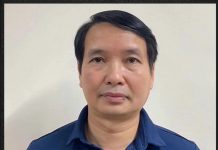




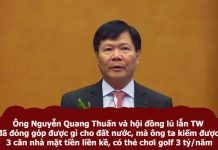





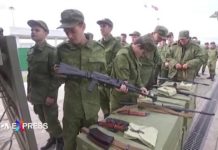






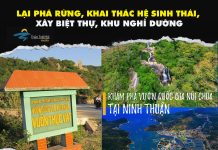
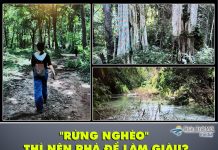
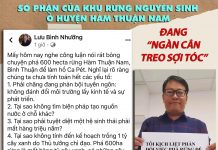




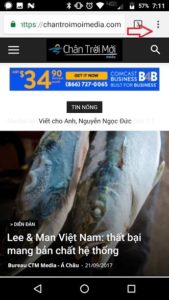

 2/ Mở menu của Safari, nơi cuối màn hình, ô có mũi tên, kéo về phía trái cho đến khi thấy ô “Add to home screen”.
2/ Mở menu của Safari, nơi cuối màn hình, ô có mũi tên, kéo về phía trái cho đến khi thấy ô “Add to home screen”. Bấm ô đó là xong. Bạn đã có icon ngay trên home screen như hình bên dưới.
Bấm ô đó là xong. Bạn đã có icon ngay trên home screen như hình bên dưới.